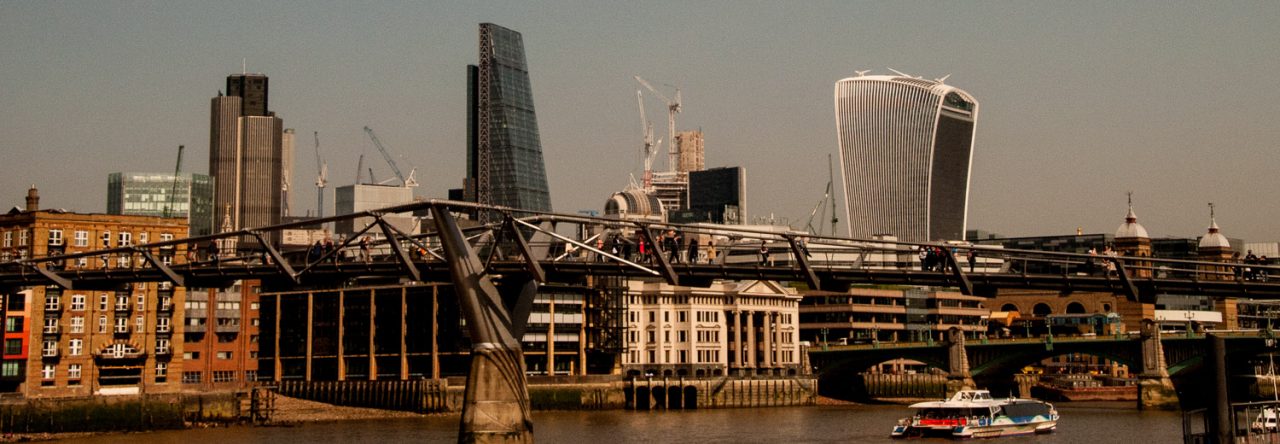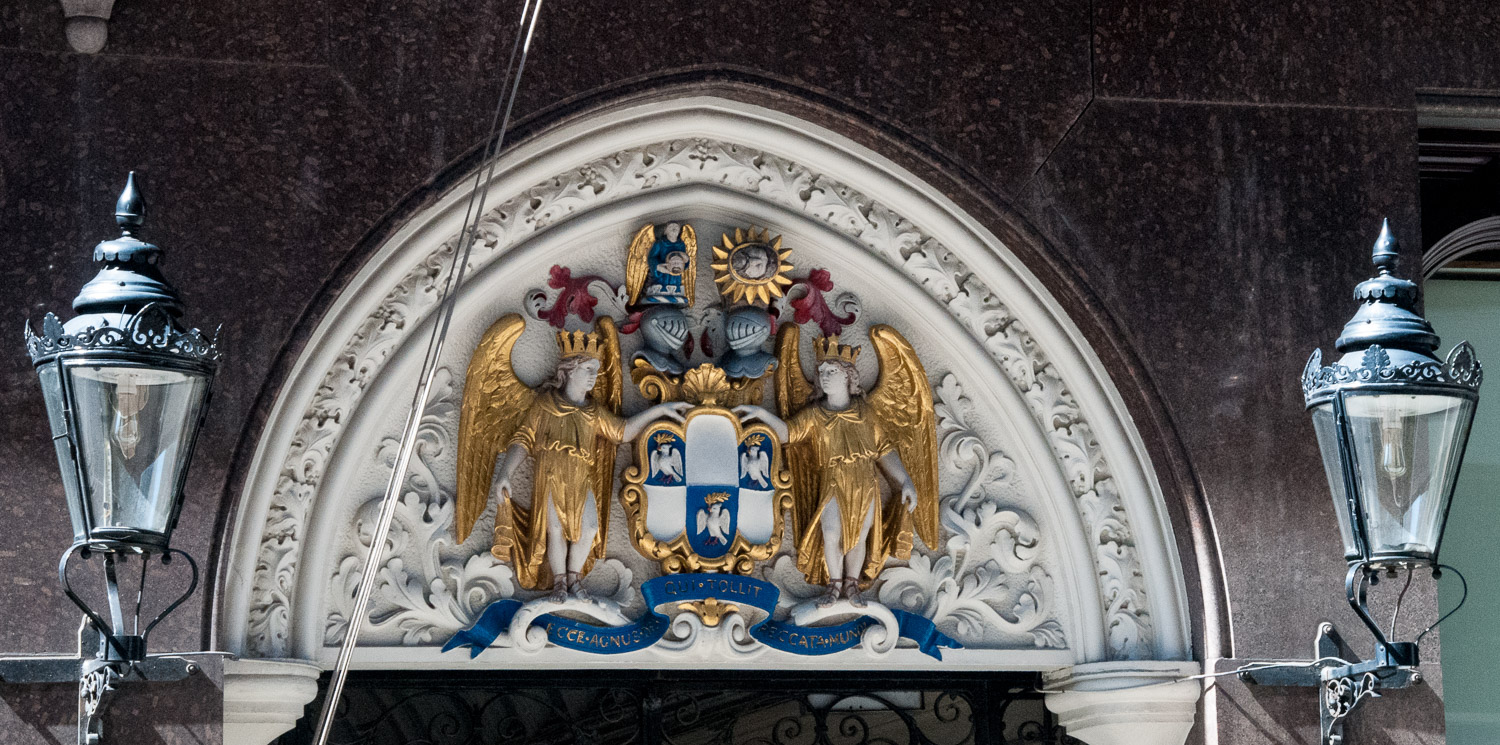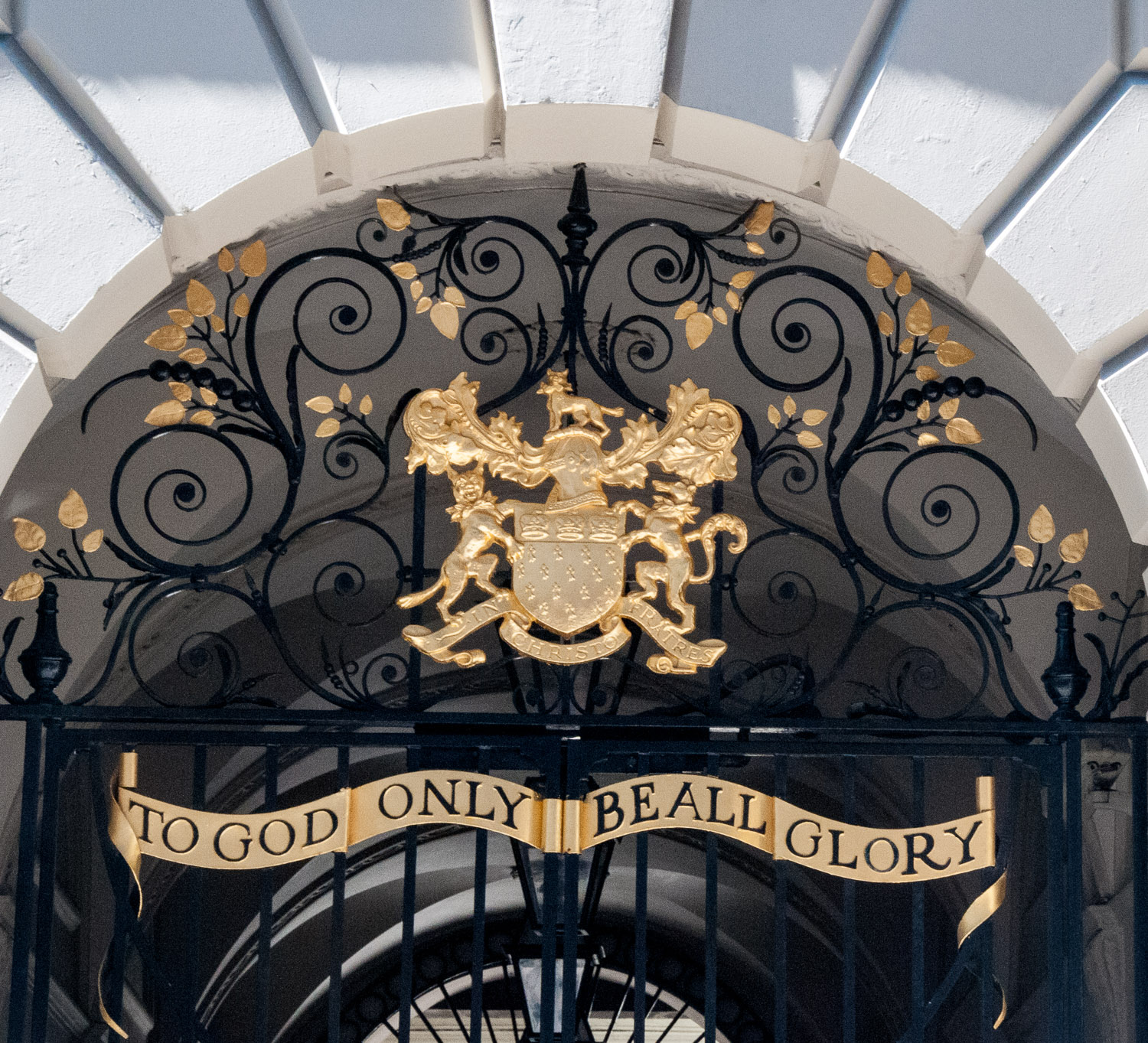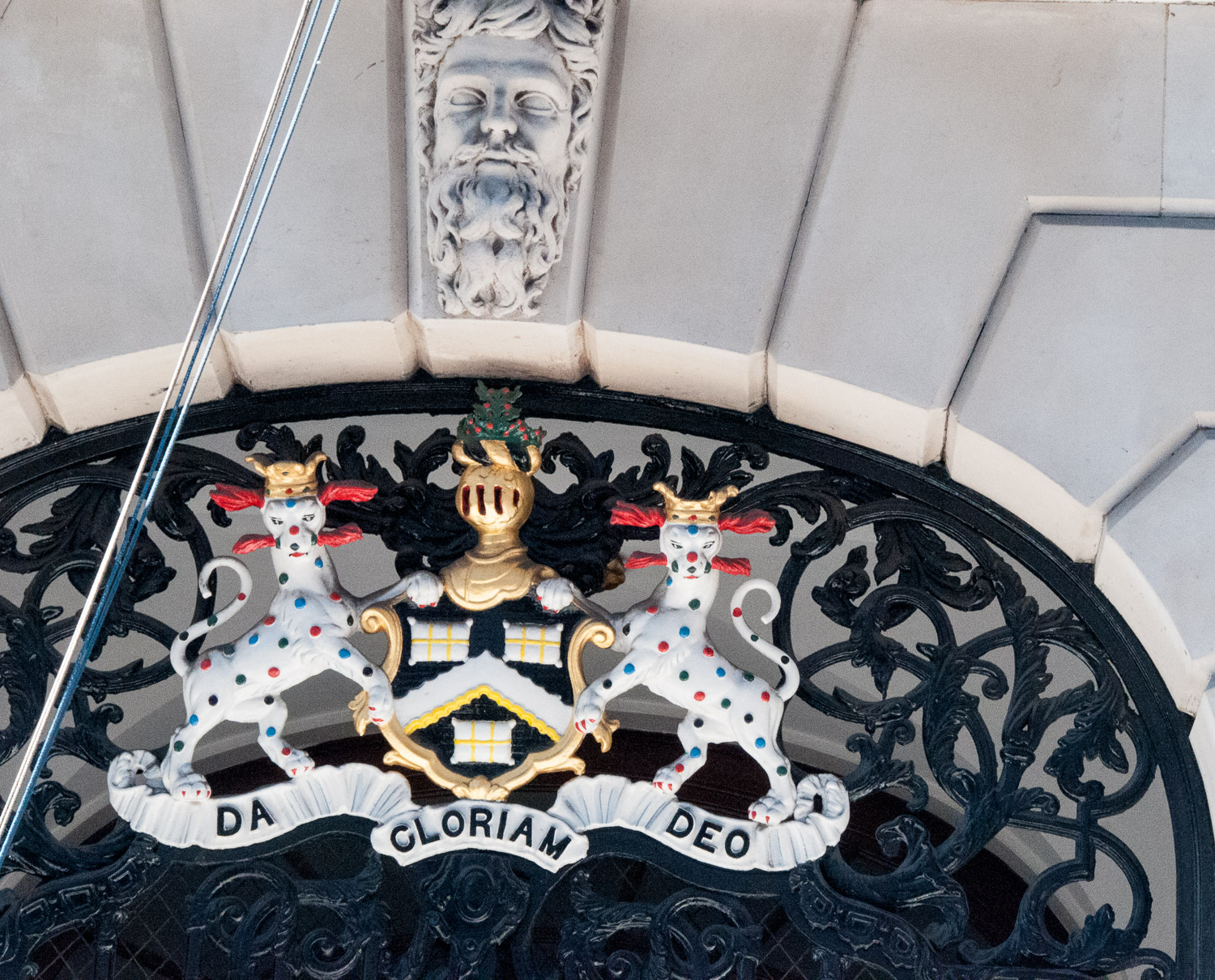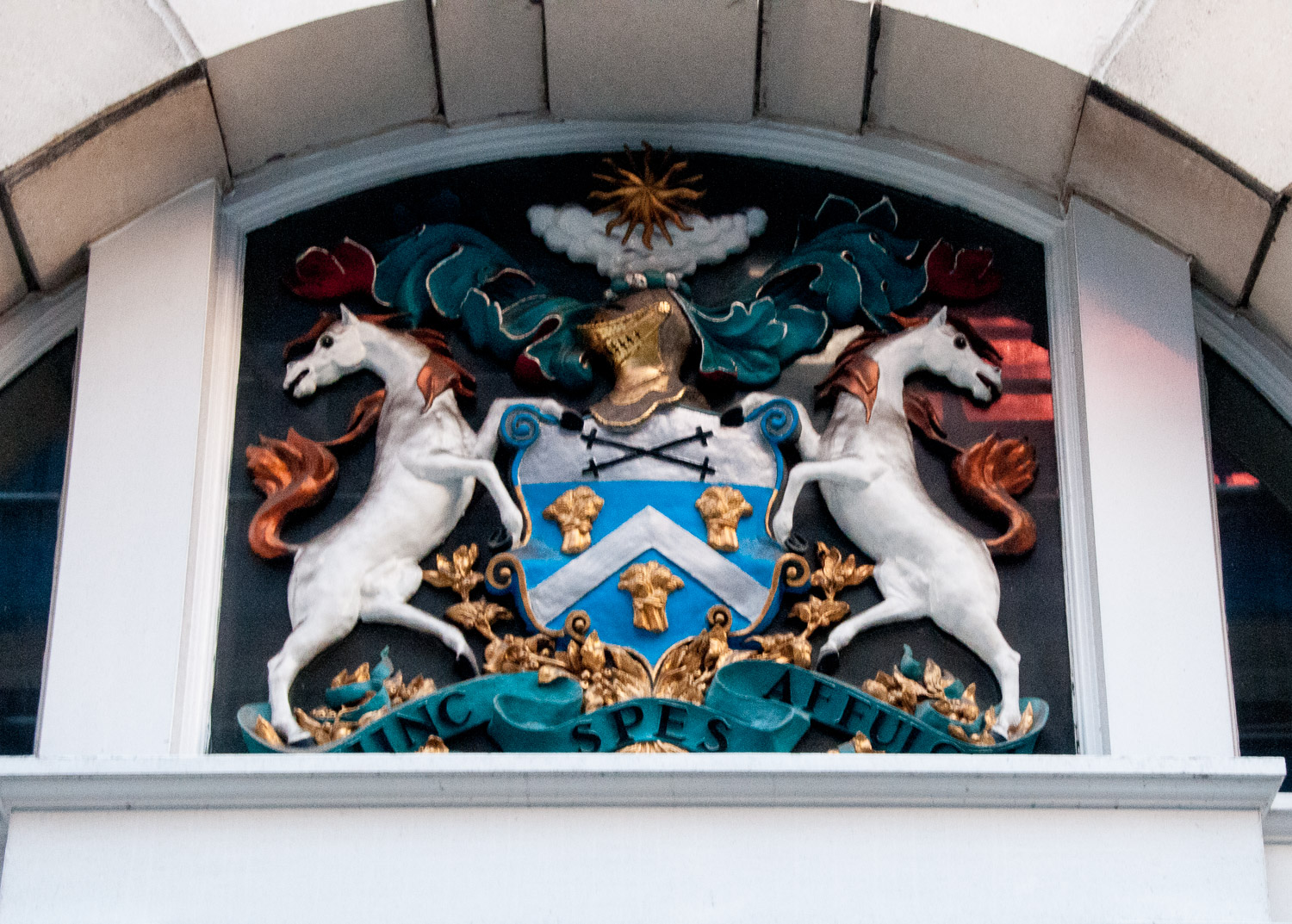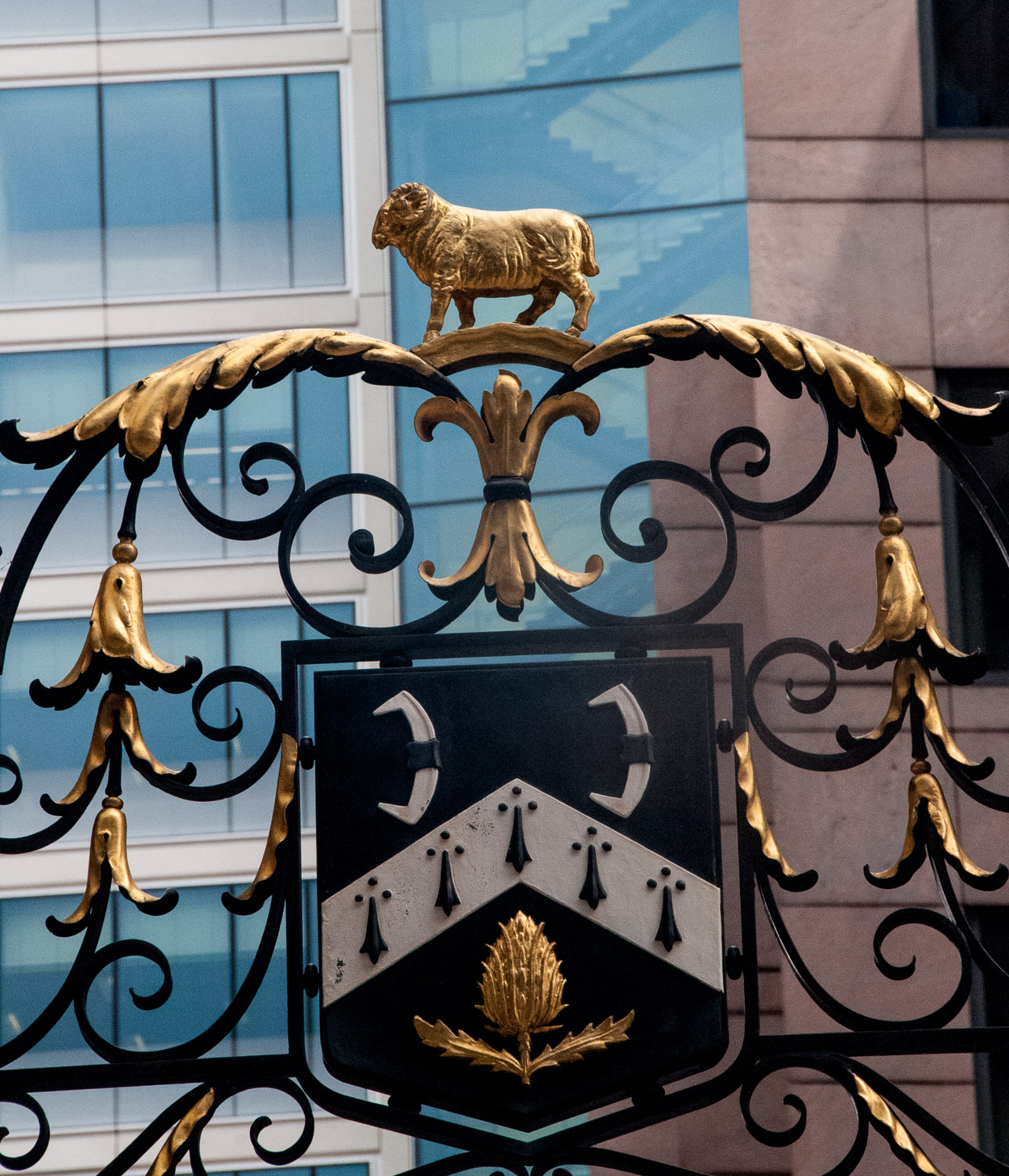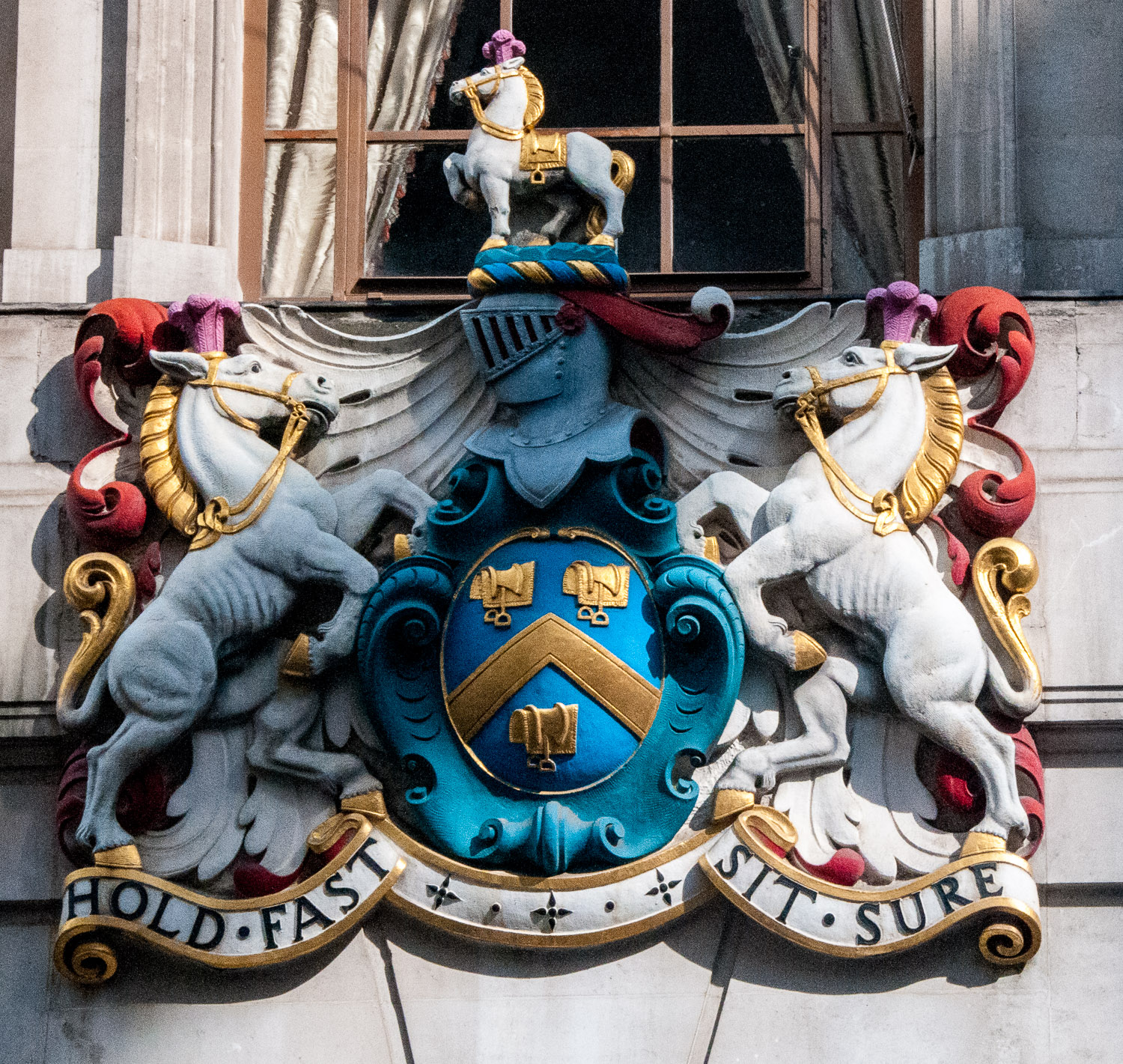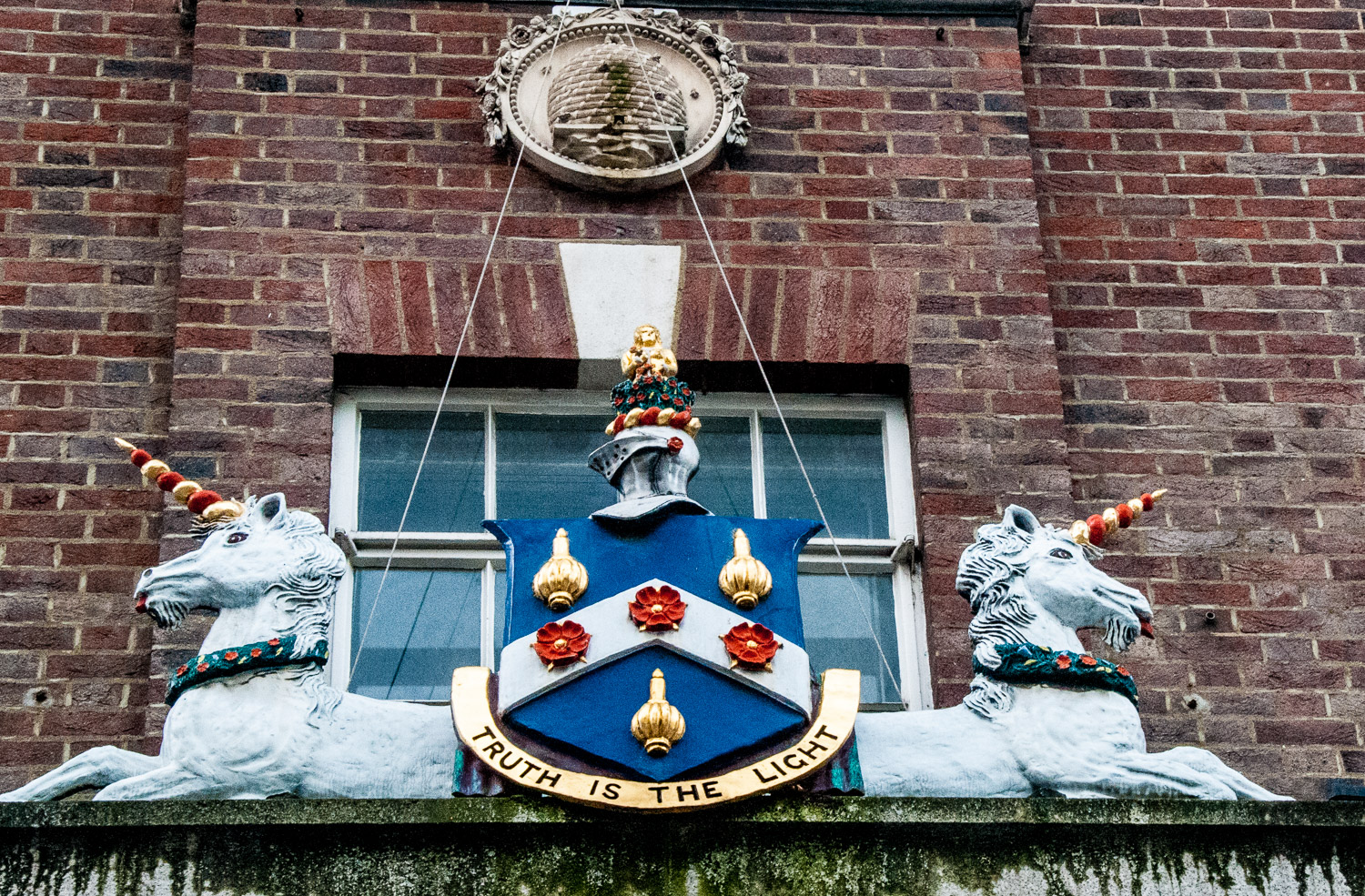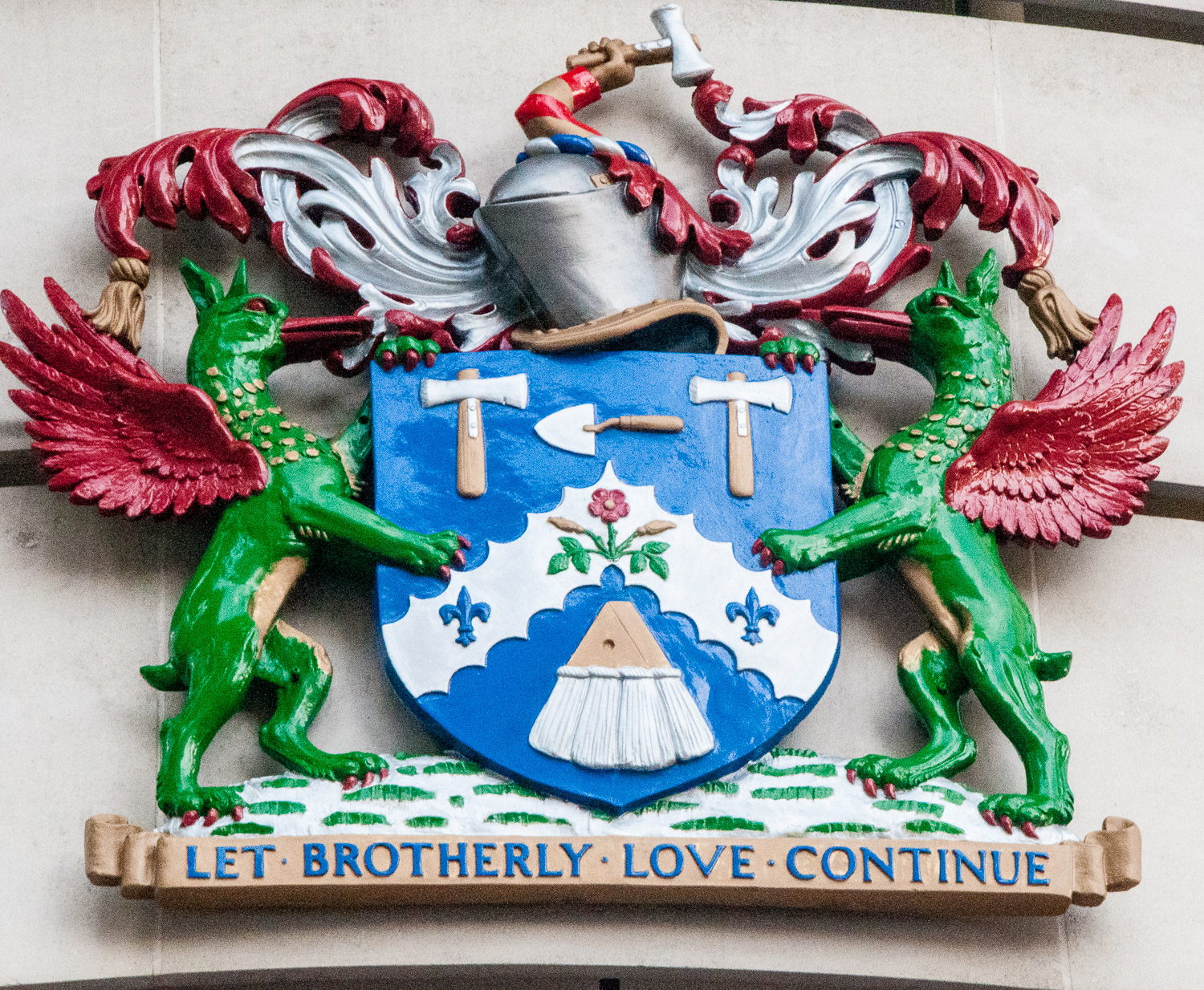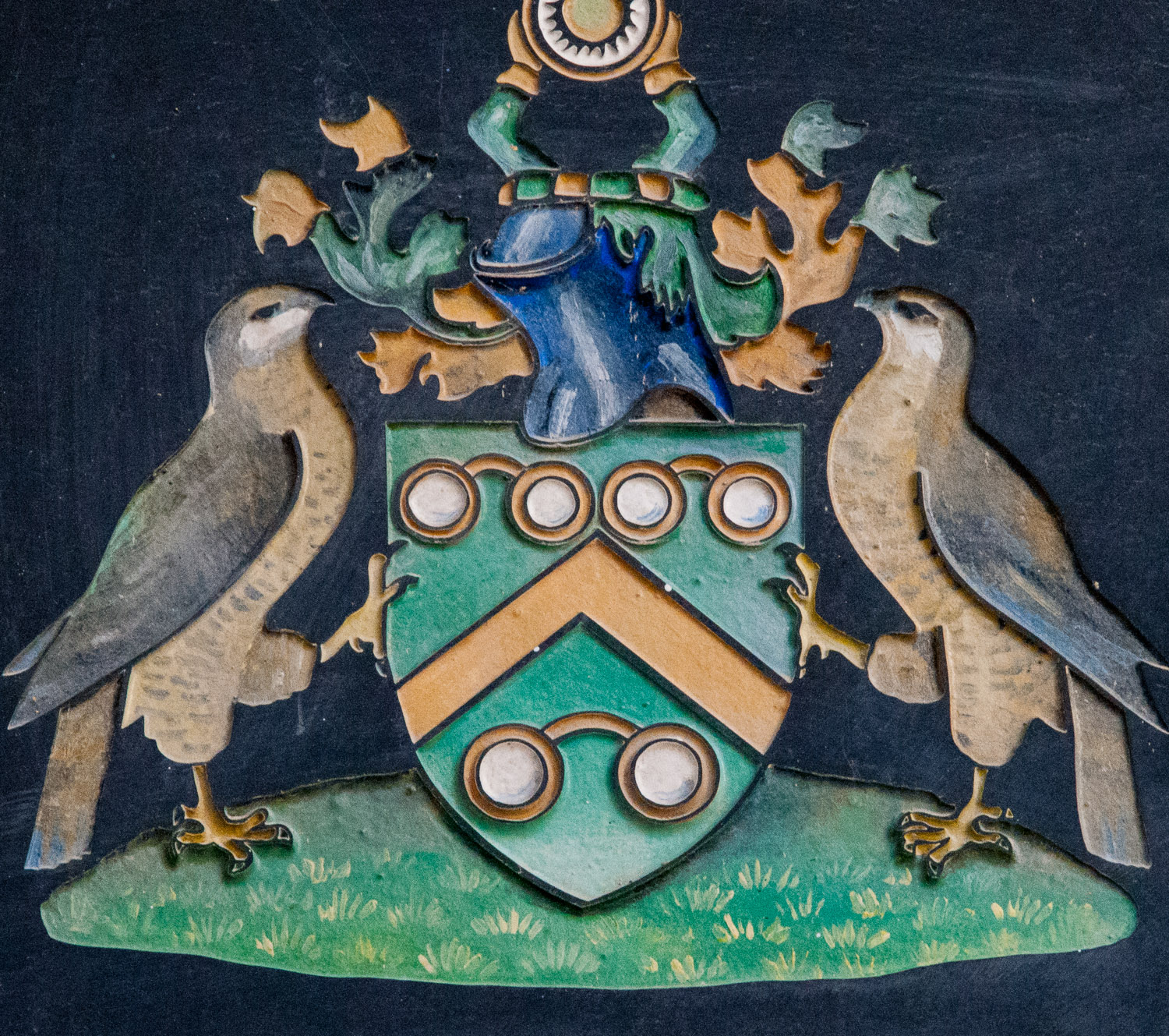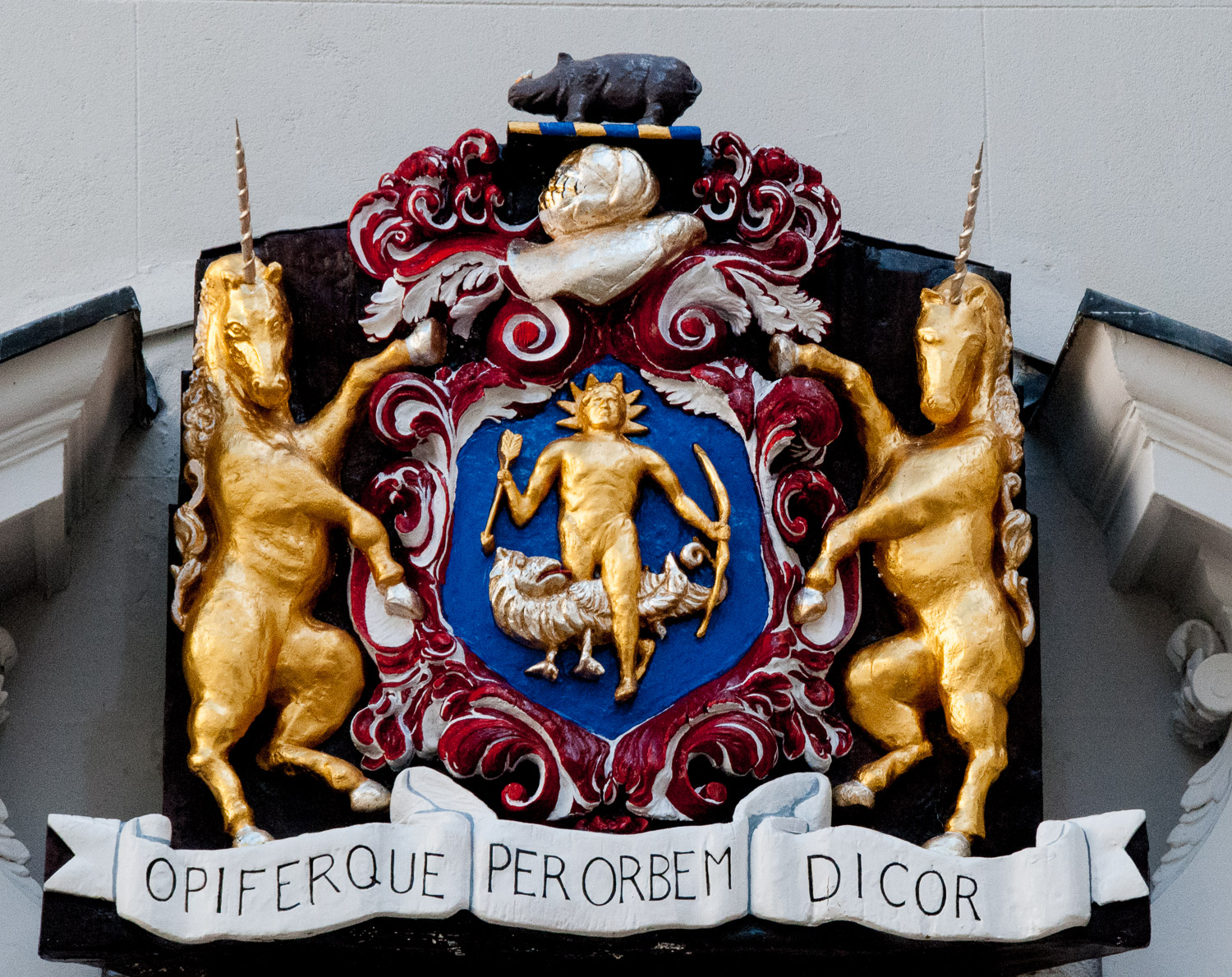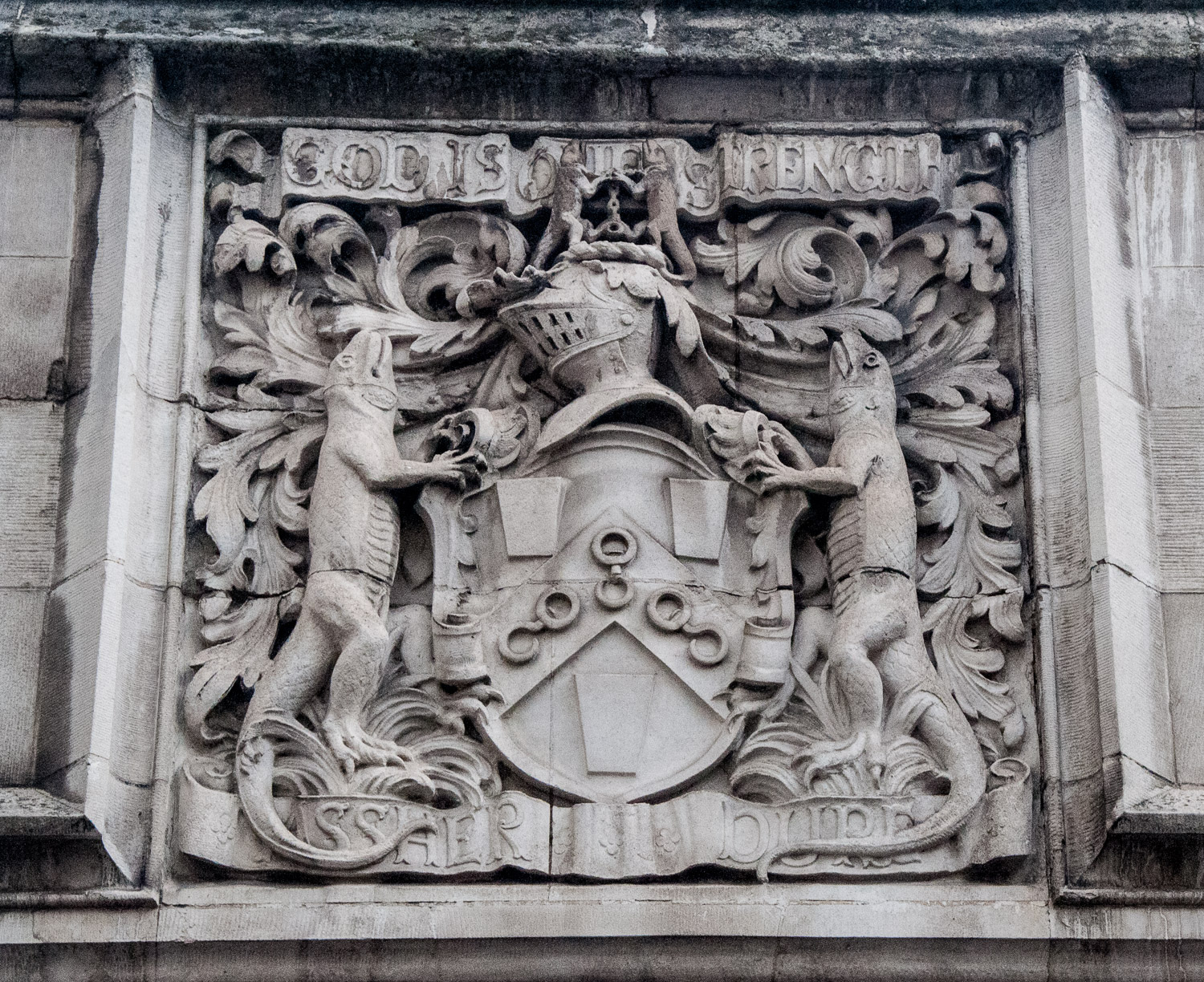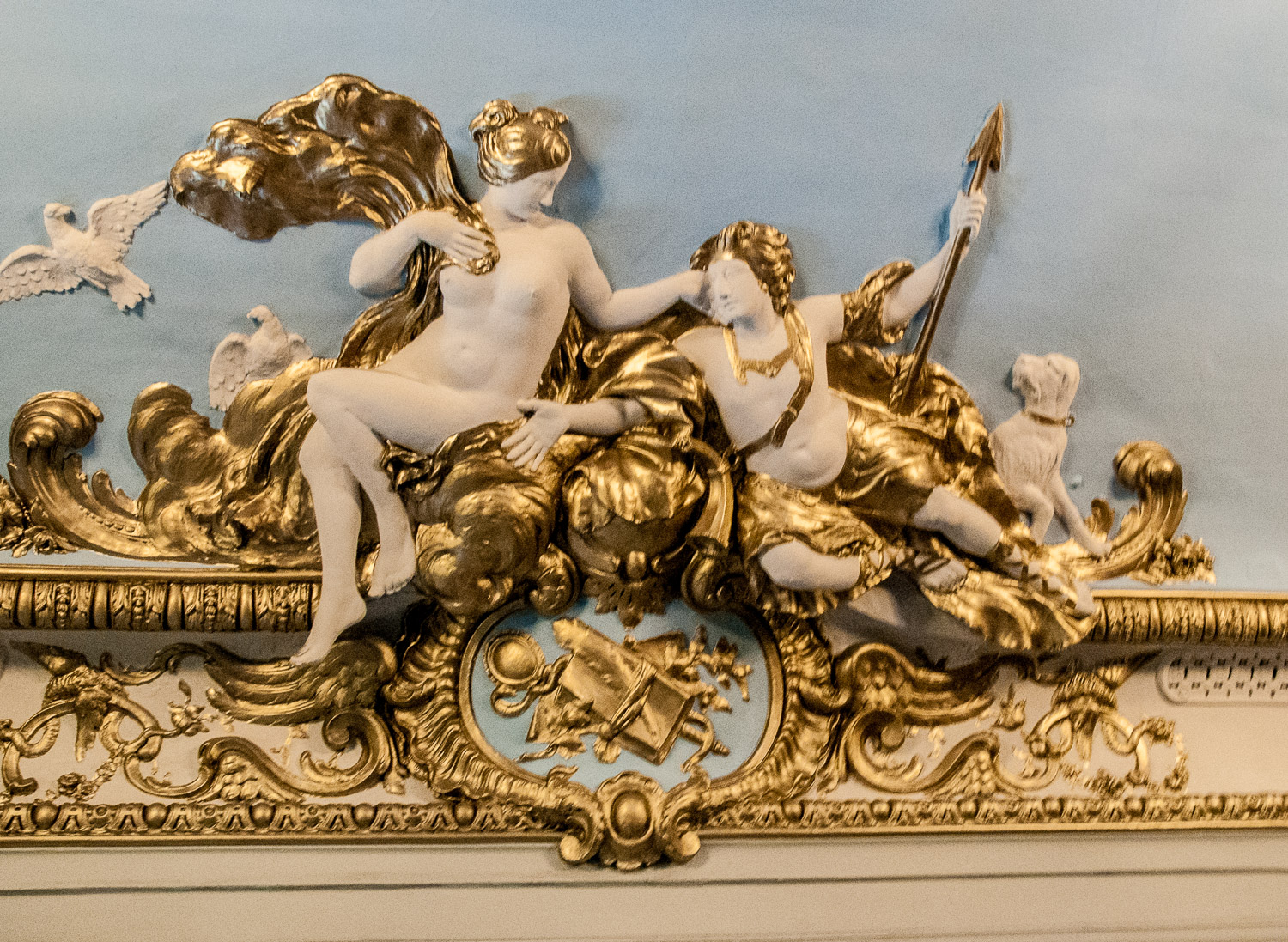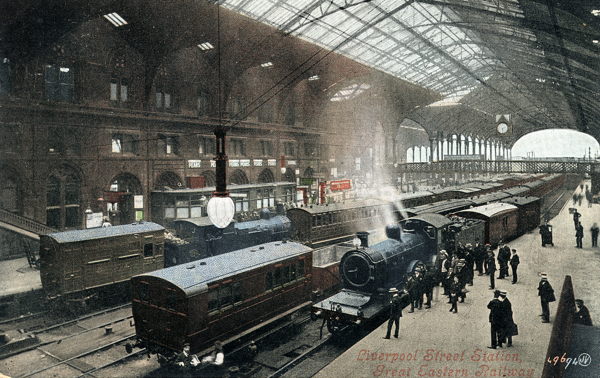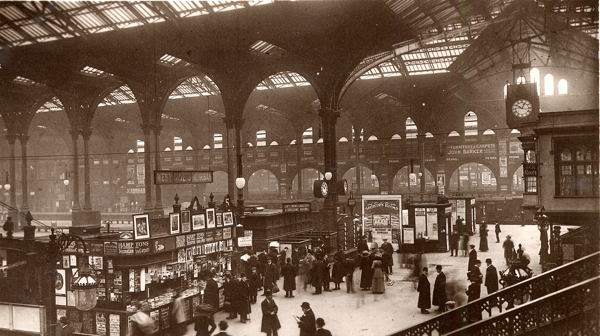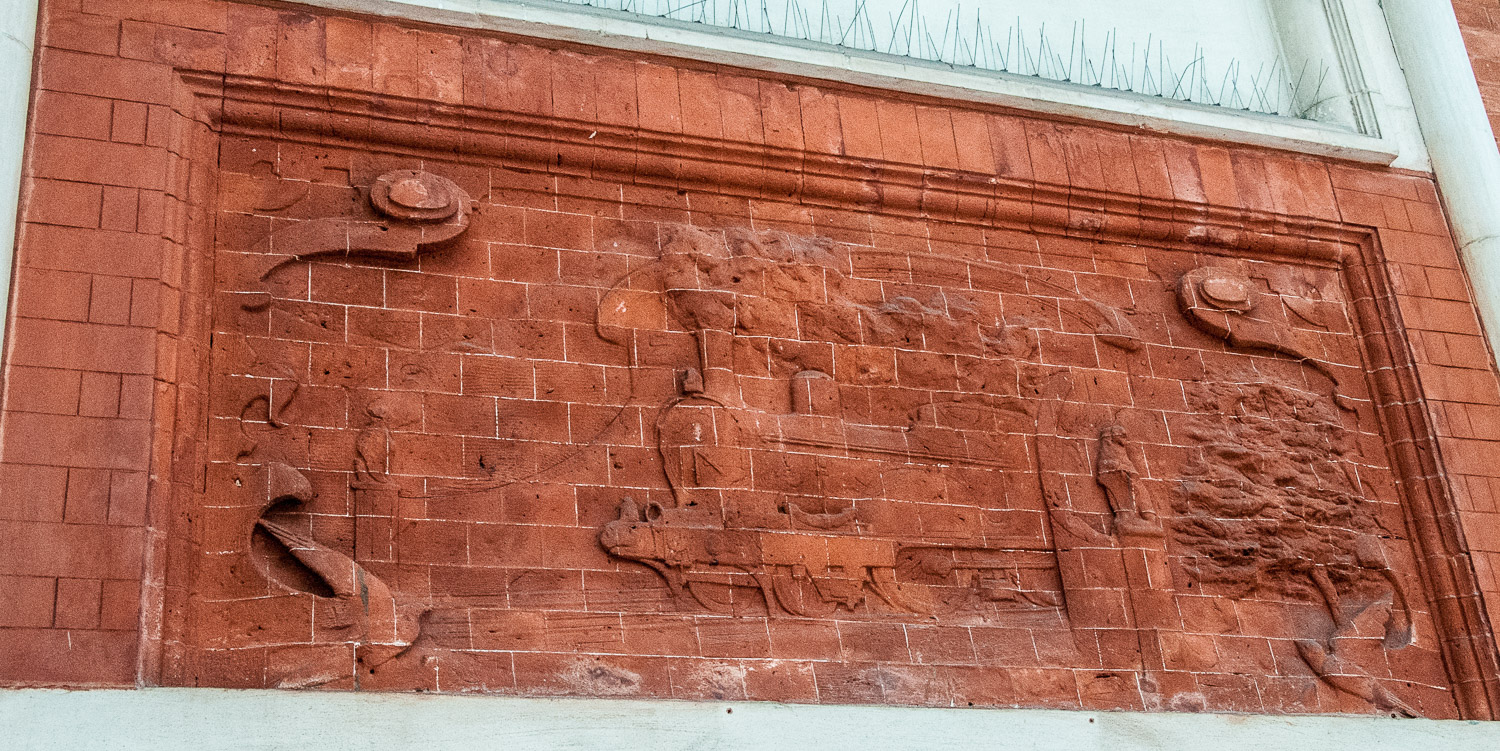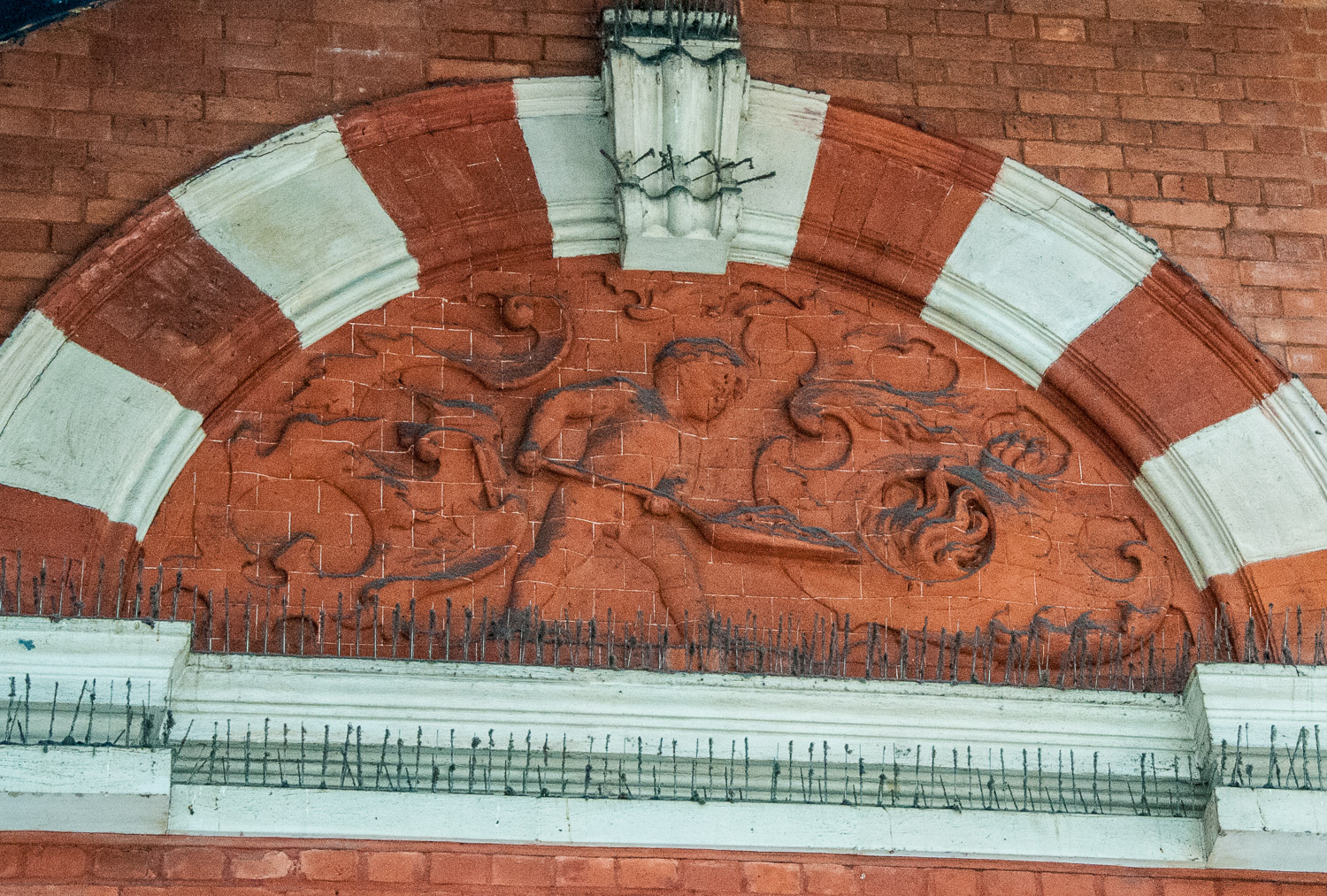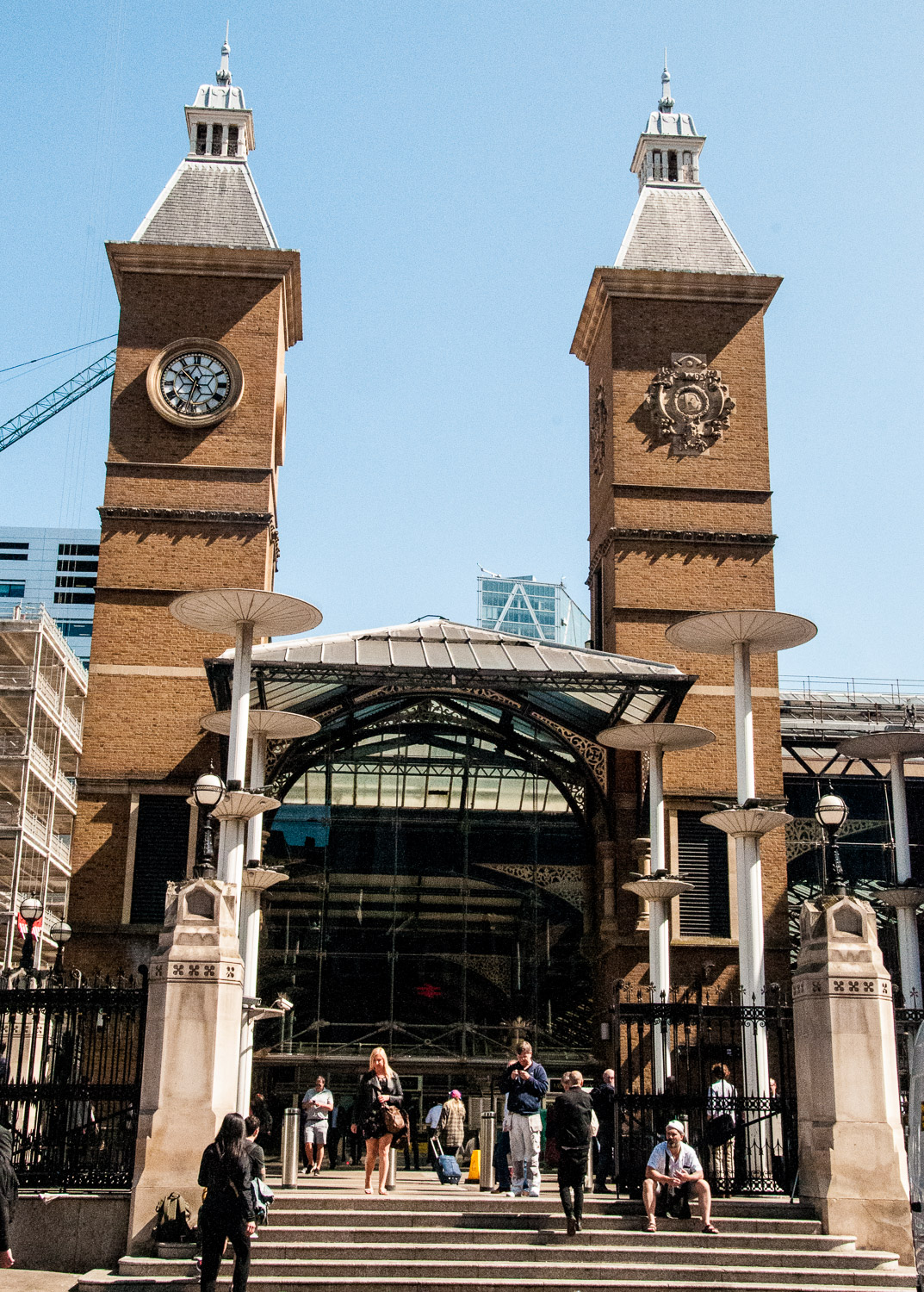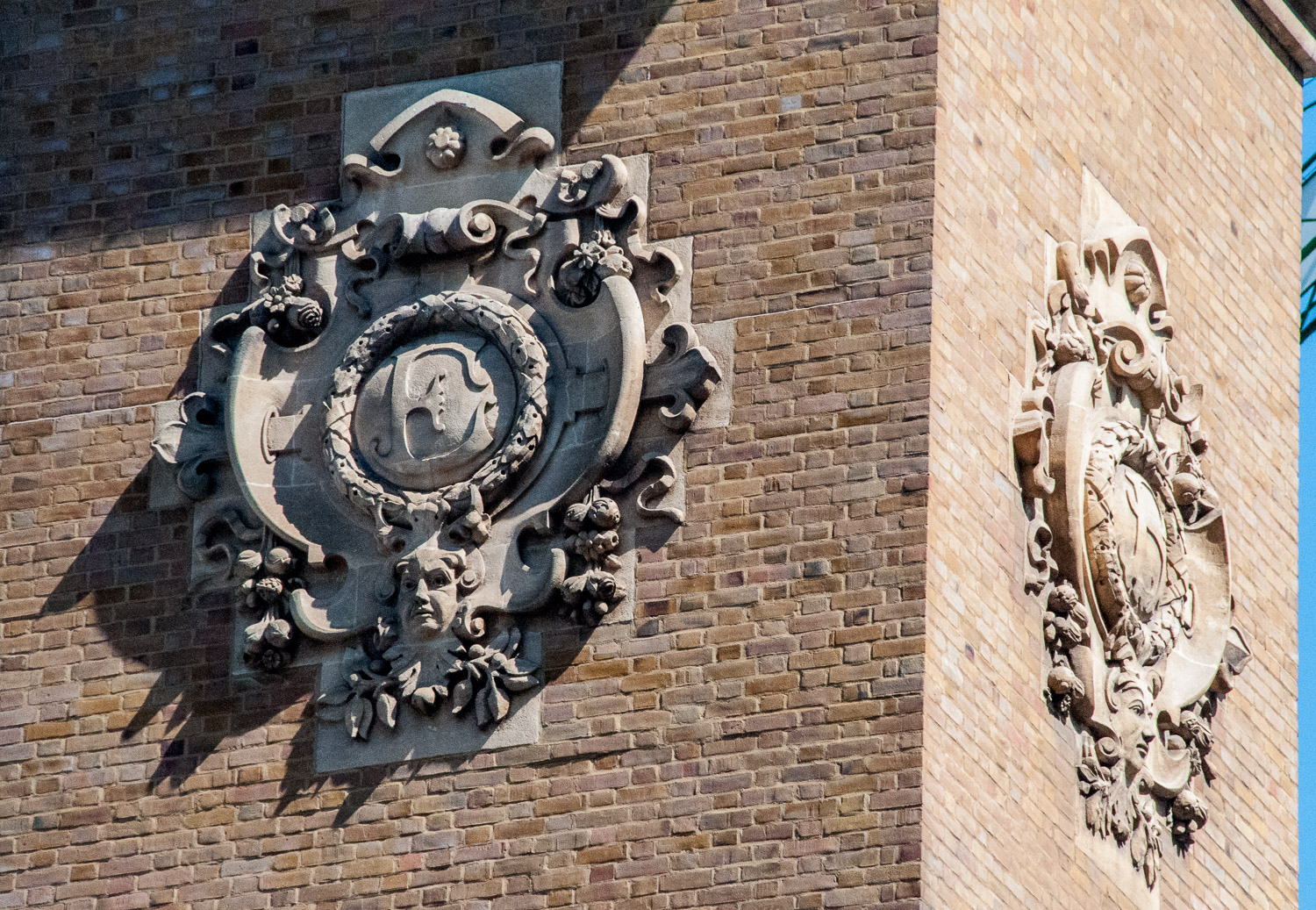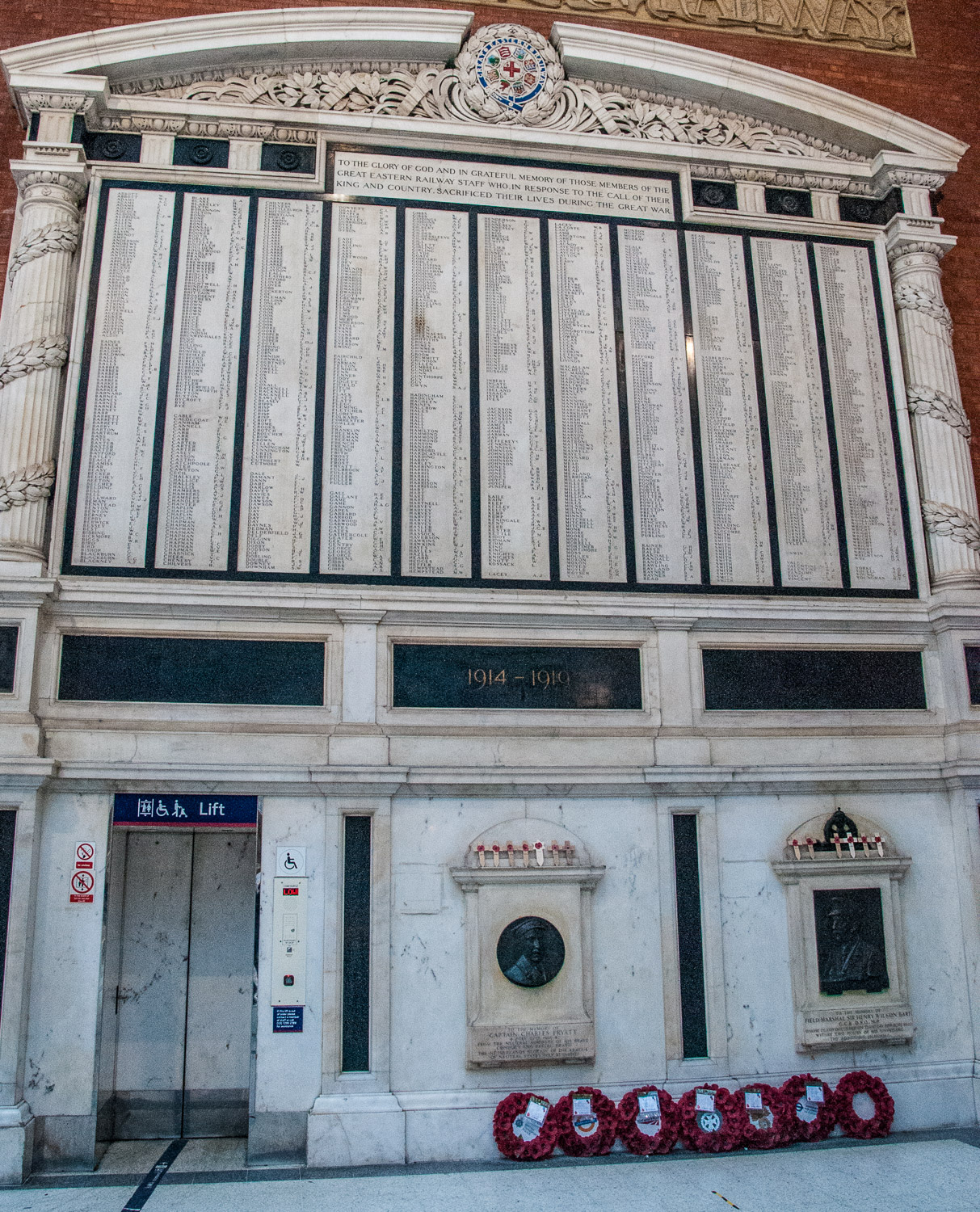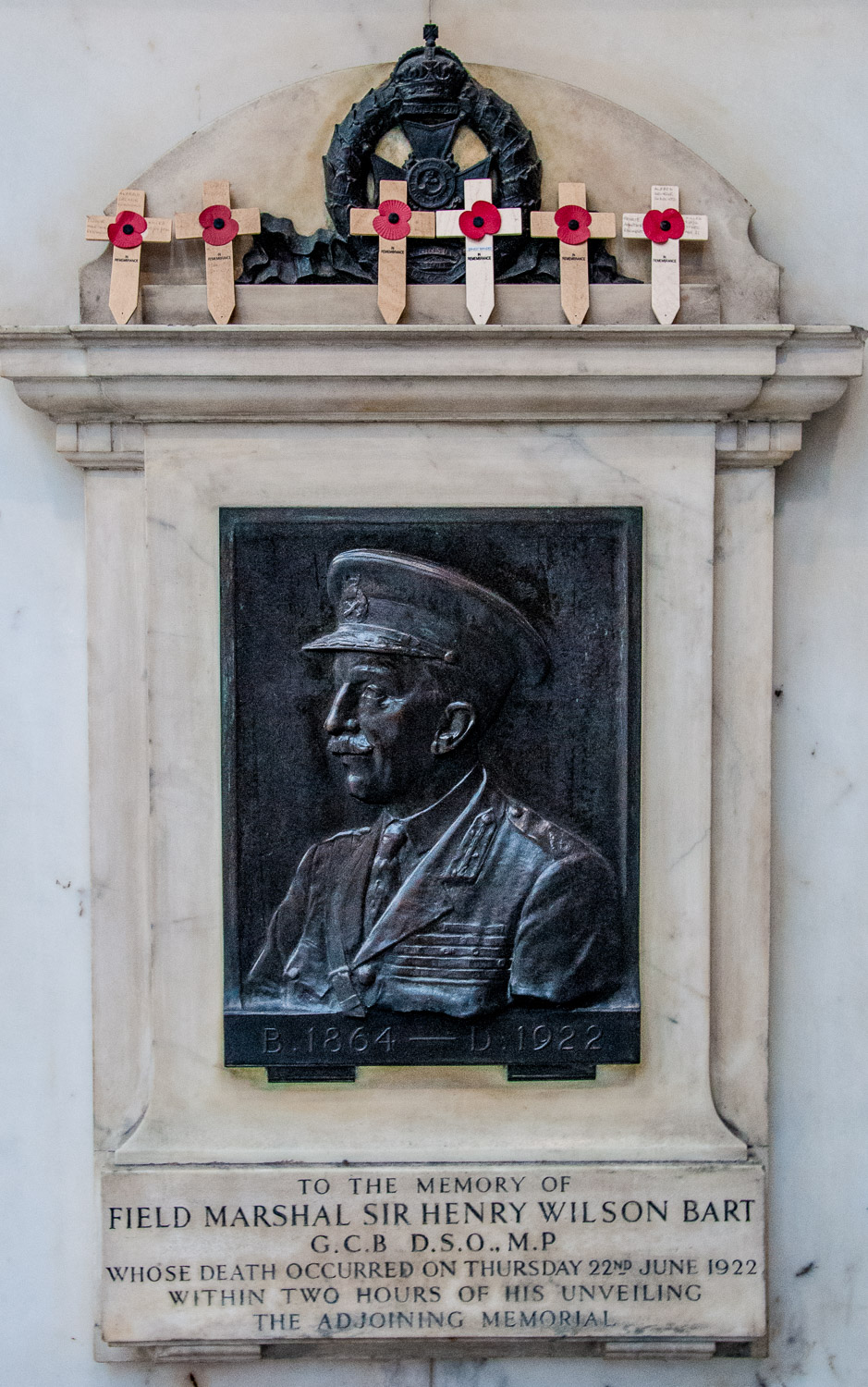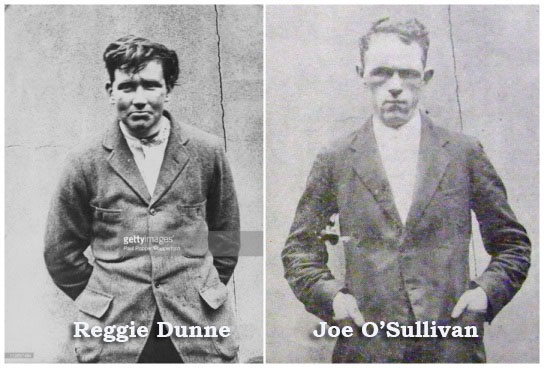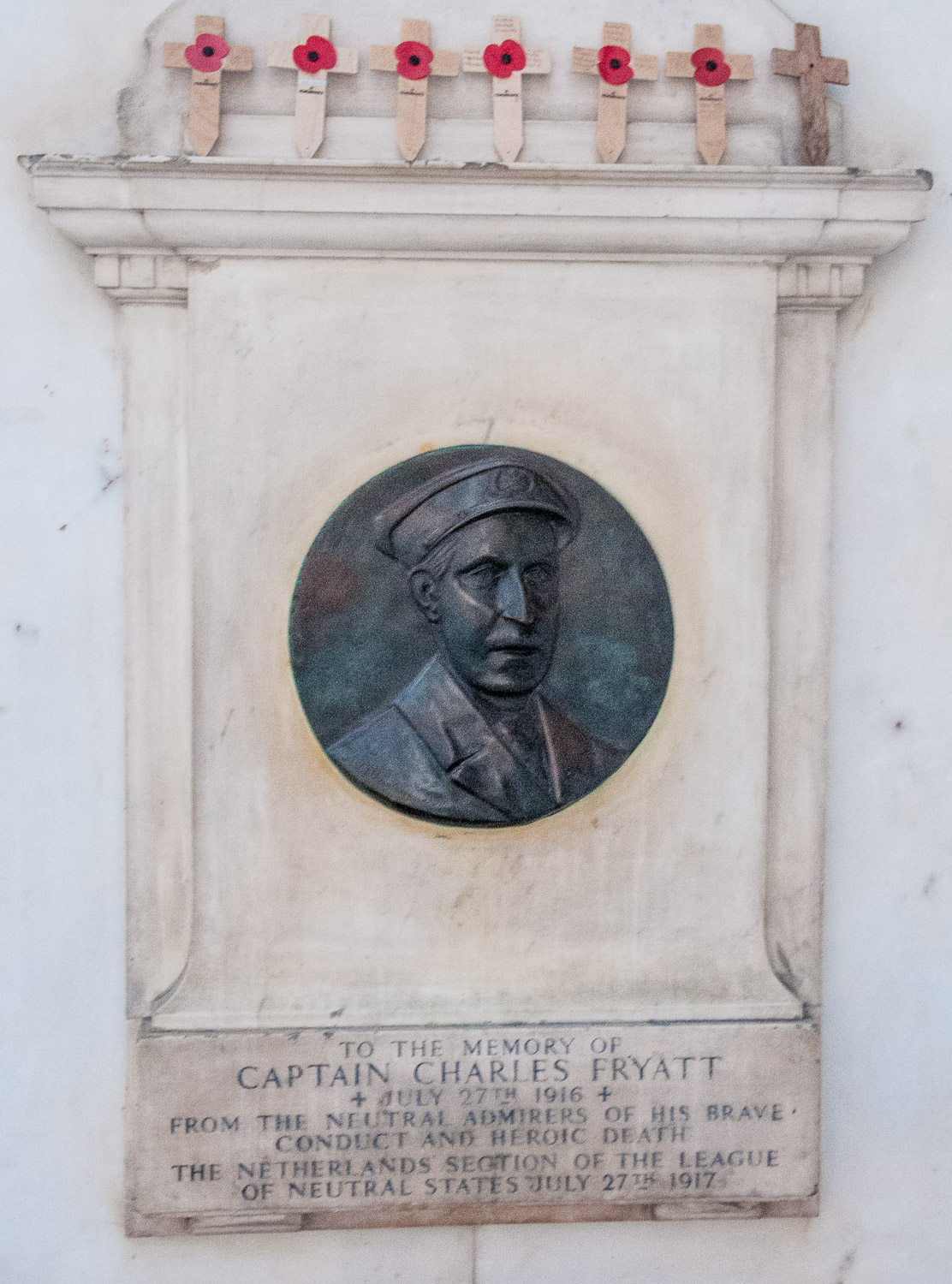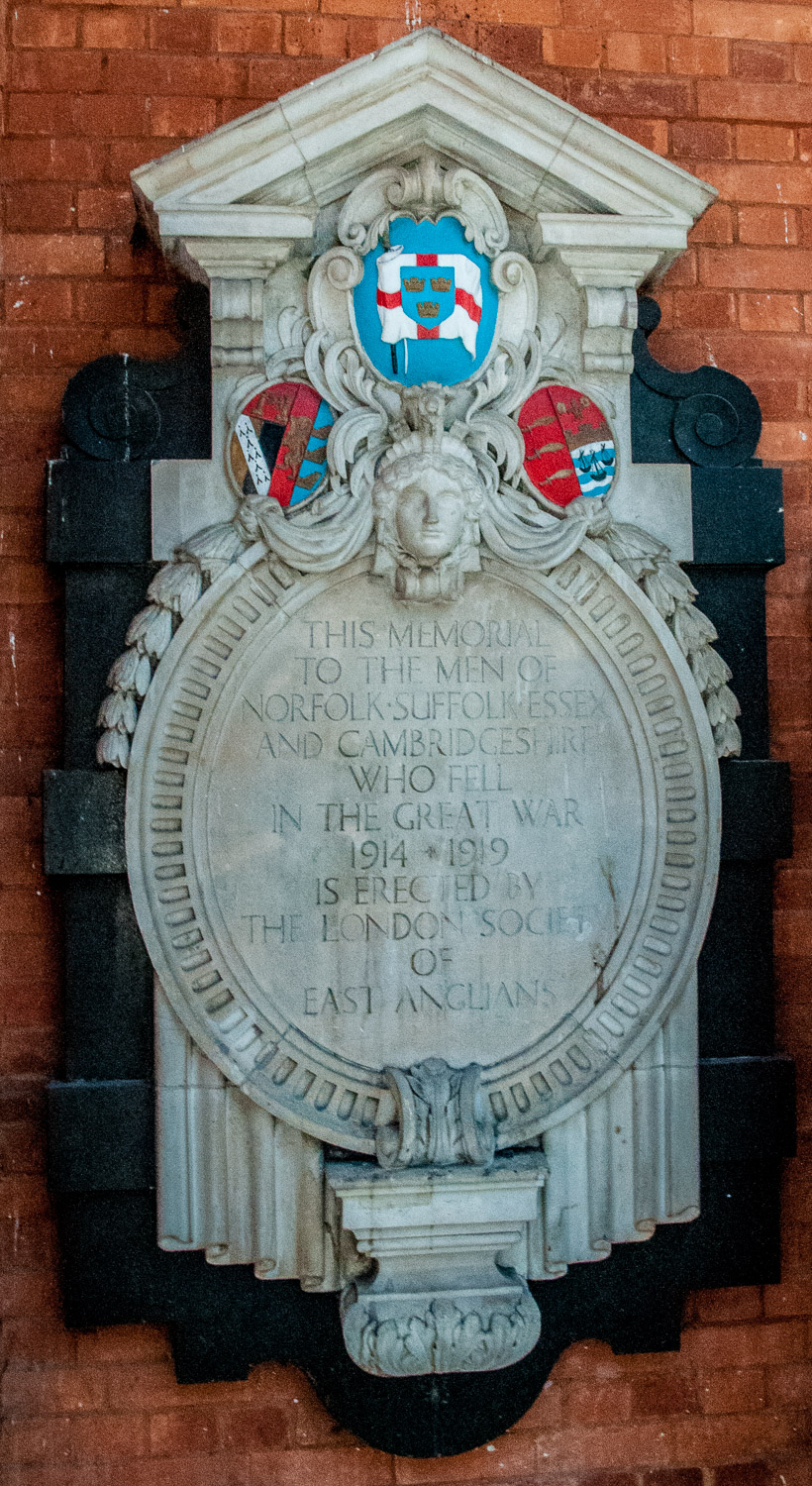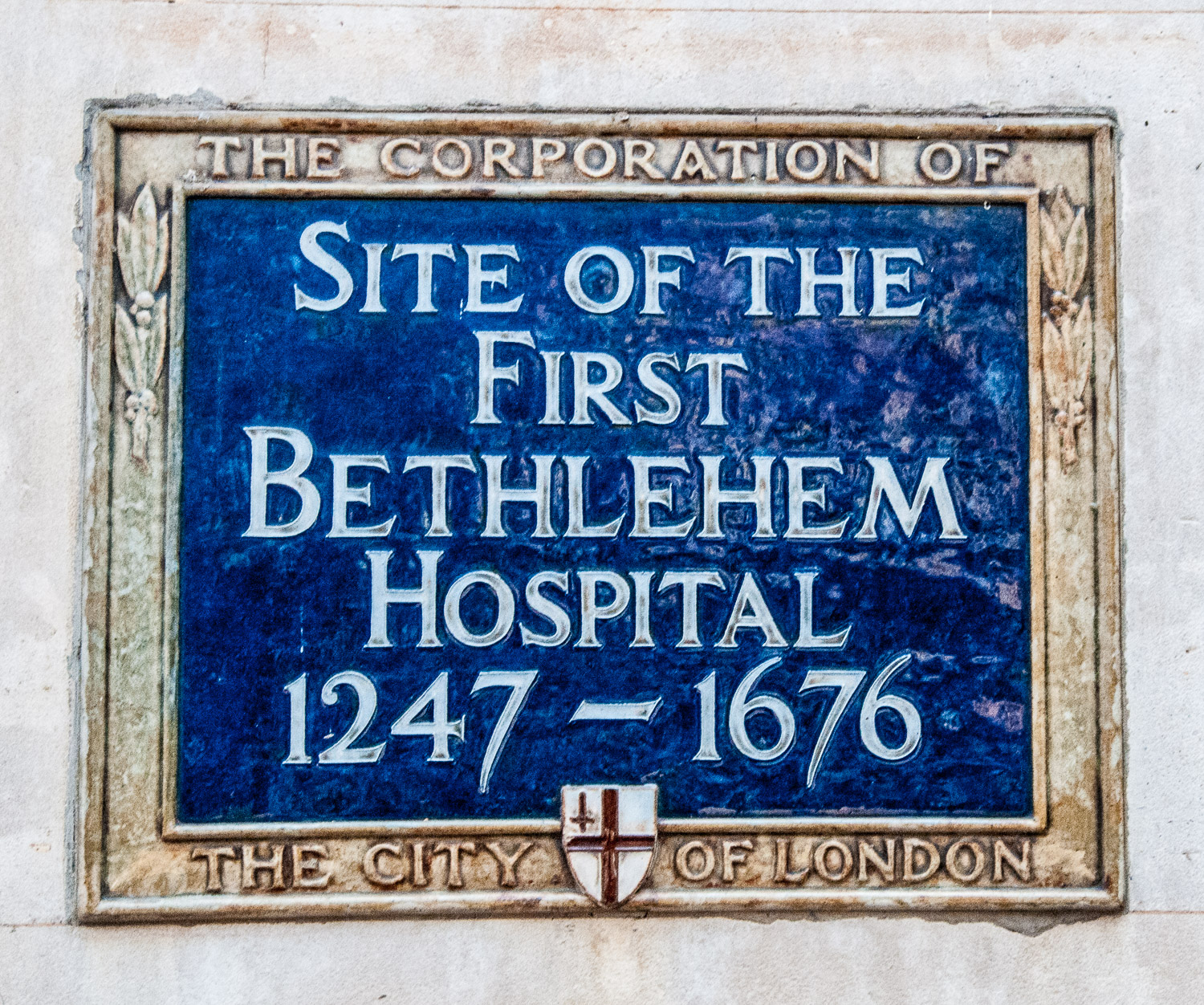Last week I promised you a bit more about this brilliant Victorian masterpiece of engineering and sculpture.
There are four ladies on the Viaduct representing Fine Art, Science, Agriculture and Commerce.
Fine Art was sculpted by Farmer & Brindley …
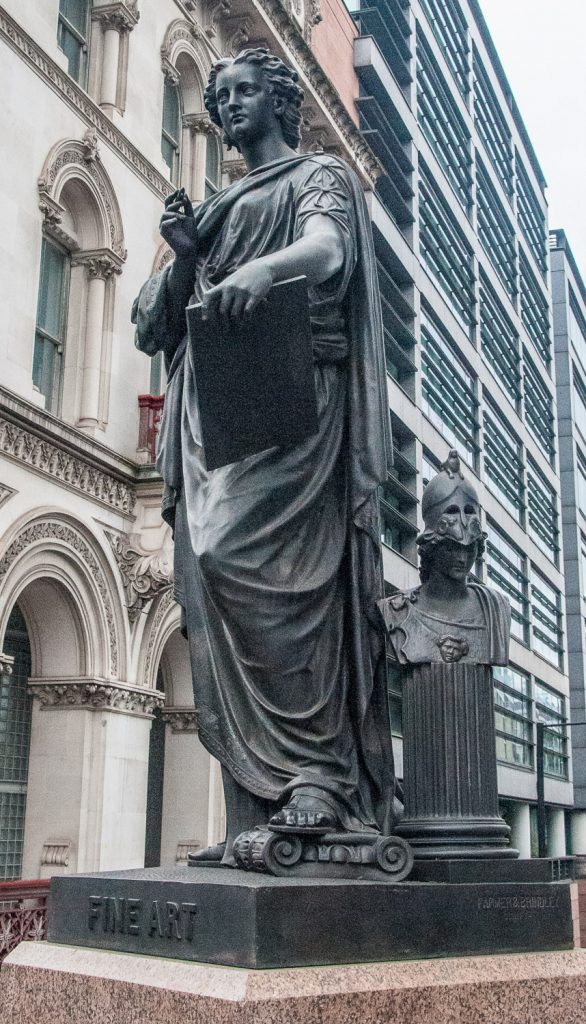
In her right hand she holds a crayon ‘as drawing is the most essential principal in Design’. Her left hand holds a drawing board with paper pinned to it, which rests on her left thigh. Her left foot rests on an Ionic capital denoting architecture. Behind her to her left is part of a Corinthian column, on the top of which stands a bust of Pallas Athena, ‘as she was the patroness of both the useful and elegant arts’.
Behind the figure’s right foot, a small palette and brushes rest on the base …
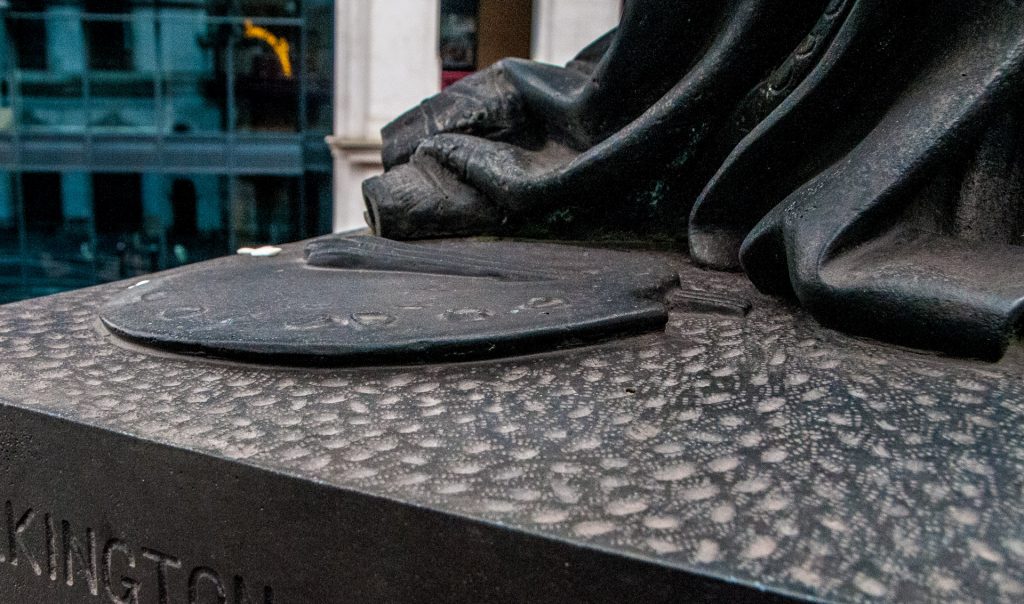
Science is also by Farmer & Brindley. She is ‘of more masculine proportions than Fine Art, with a fine penetrating countenance’ …
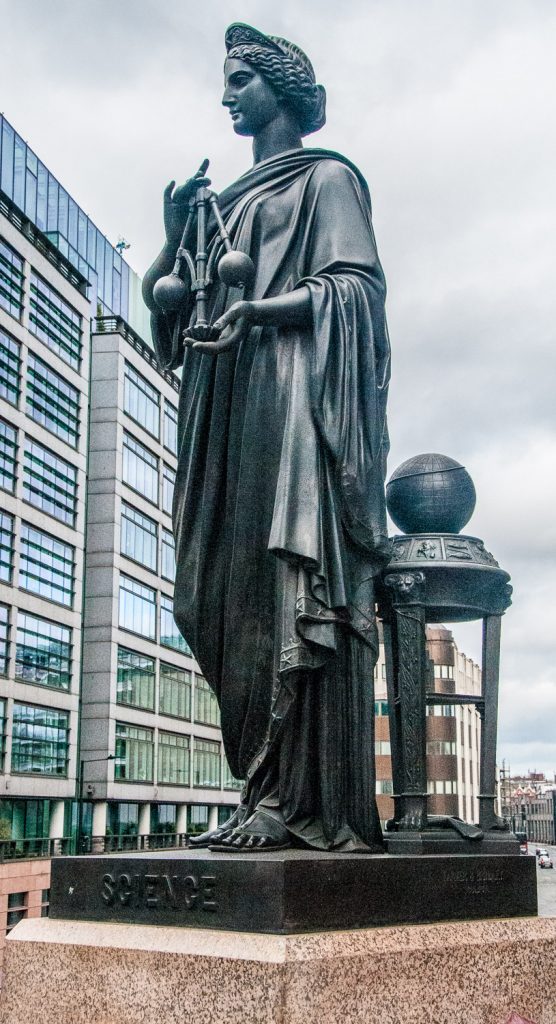
Her tiara has a star at its centre and stars form the fringe of her robe. She holds in her hand the ‘Governors’ that were used to control steam engines. At her left side stands a tripod on which is placed a terrestrial globe encircled with the Electric Telegraph wire which is connected with a battery.
Around the top of the tripod are the signs of the zodiac ‘indicating Astronomy’ …
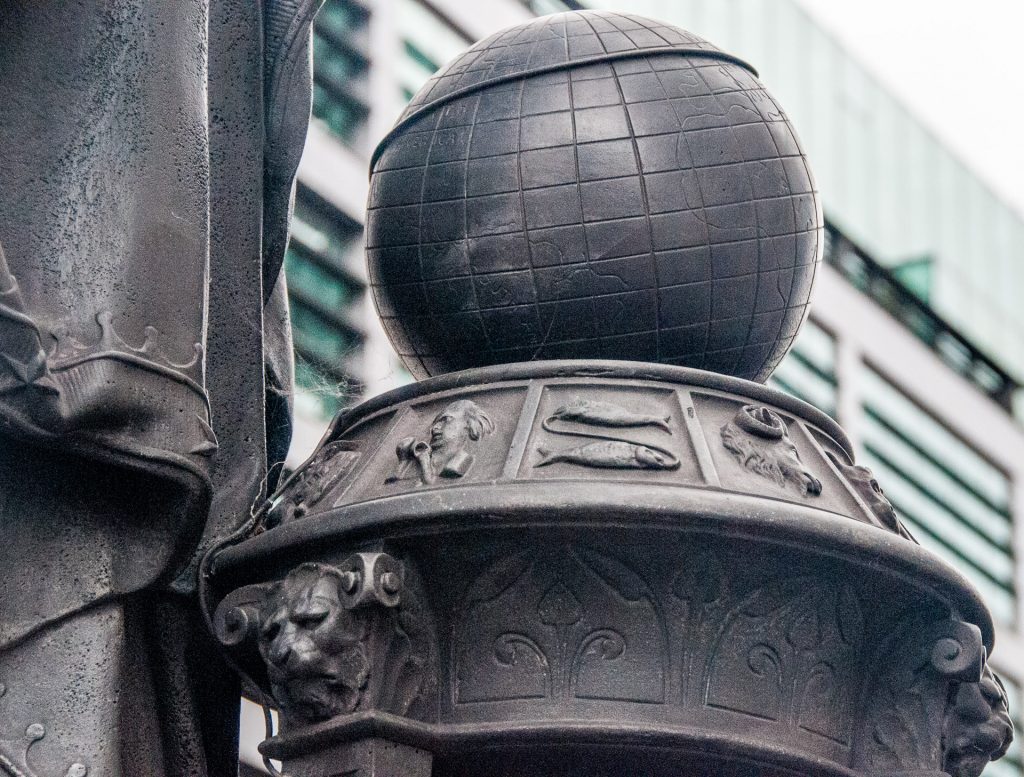
Beneath it lie compasses and a crumpled sheet of paper with geometrical drawings, one of them a demonstration of Pythagoras’s theorem (you also get a better view of the battery in this picture) …
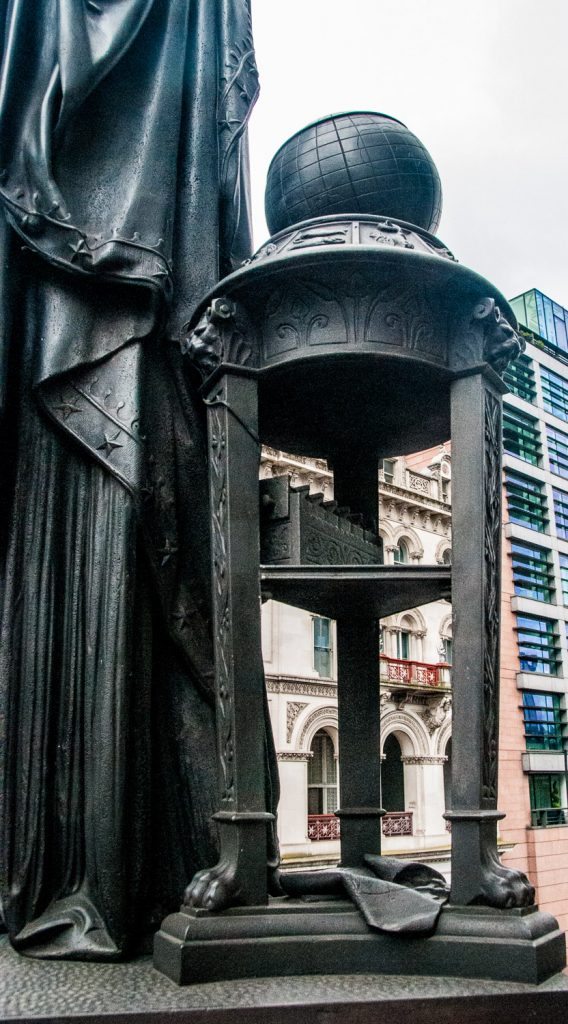
Agriculture was sculpted by Henry Bursill …
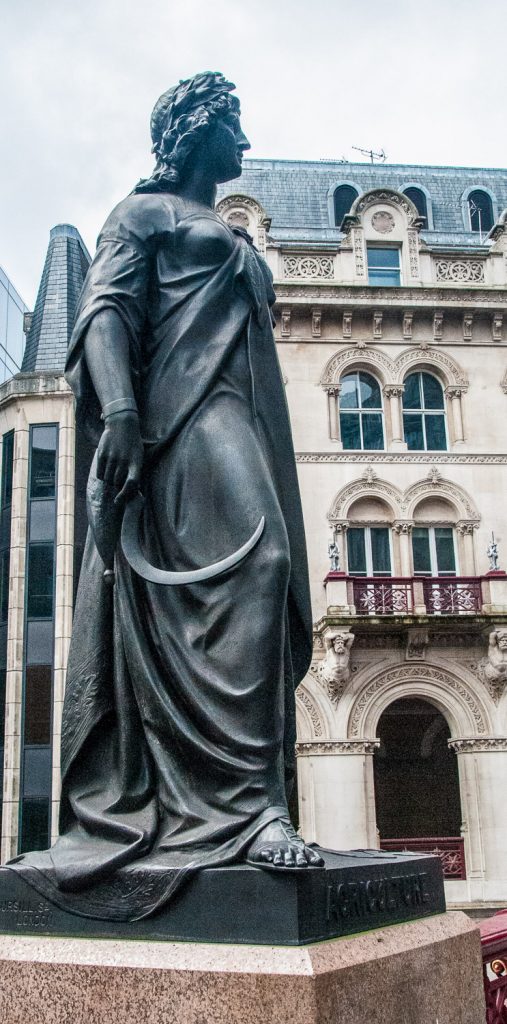
She wears a crown of olives, ‘the emblem of peace’, and there is a decorative band of oak leaves on the fringe of her robe. ‘She turns to Providence with a thankful expression for a beautiful harvest’ and in her right hand she holds a sickle. Beside her left foot is a belt with a sheath, containing a whetstone.
Bursill also sculpted Commerce …
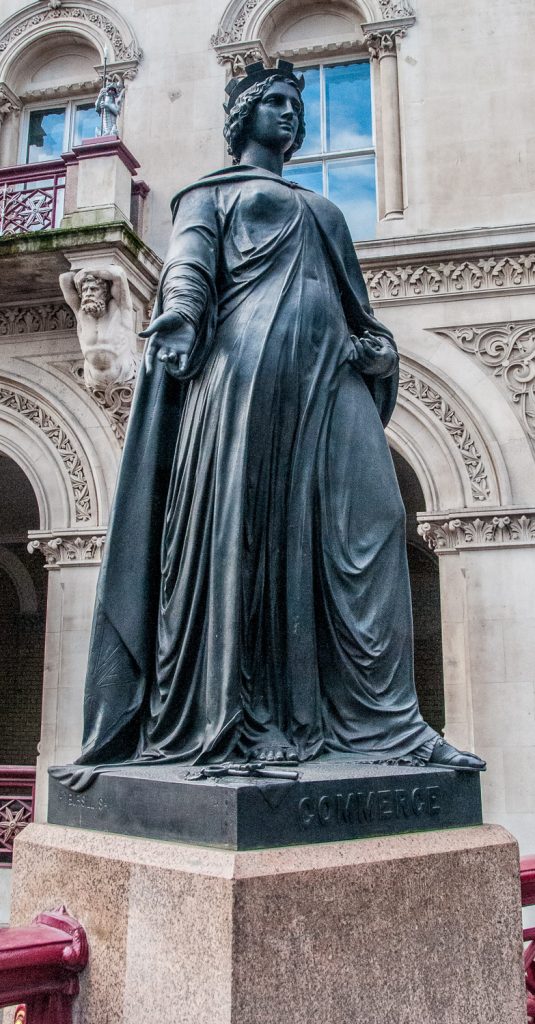
She is shown ‘advancing with right hand outstretched towards mankind in a sign of welcome, whilst in her left she proudly holds gold ingots and coin, the foundation of enterprise and Commerce in the civilized world’. At her feet to her right are two keys along with a parchment showing the City Arms representing ‘the Freedom of the City’ …
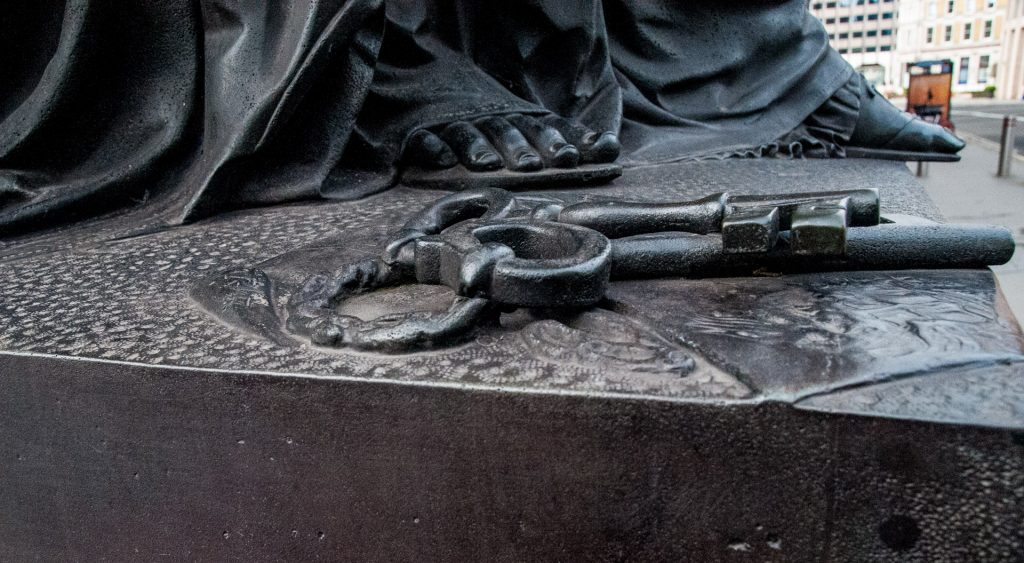
Farmer and Brindley are also responsible for the four winged lions …
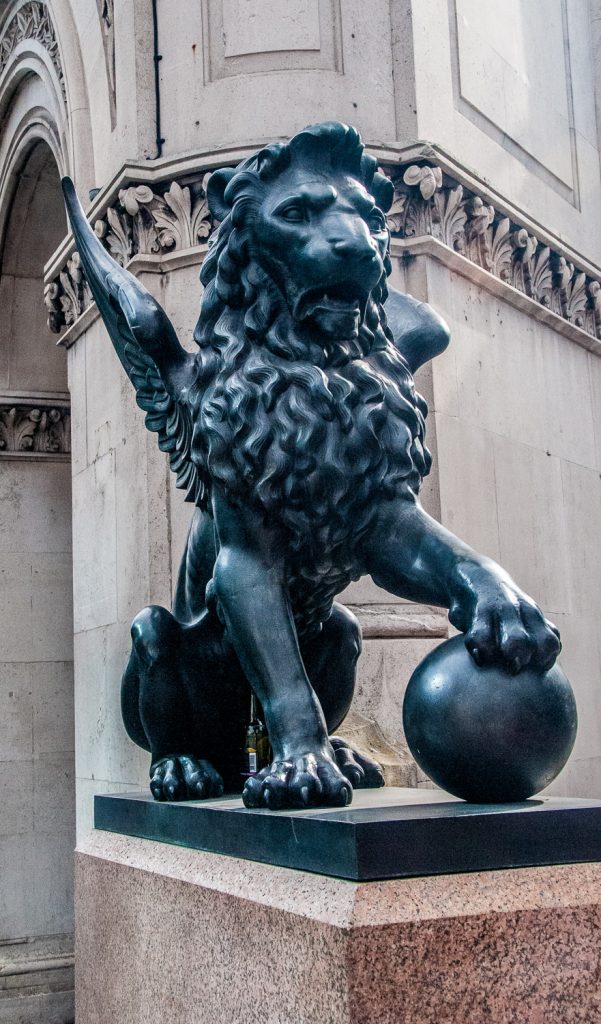
I love these Atlantes holding up a balcony. They date from 2014 when the north east pavilion was rebuilt …
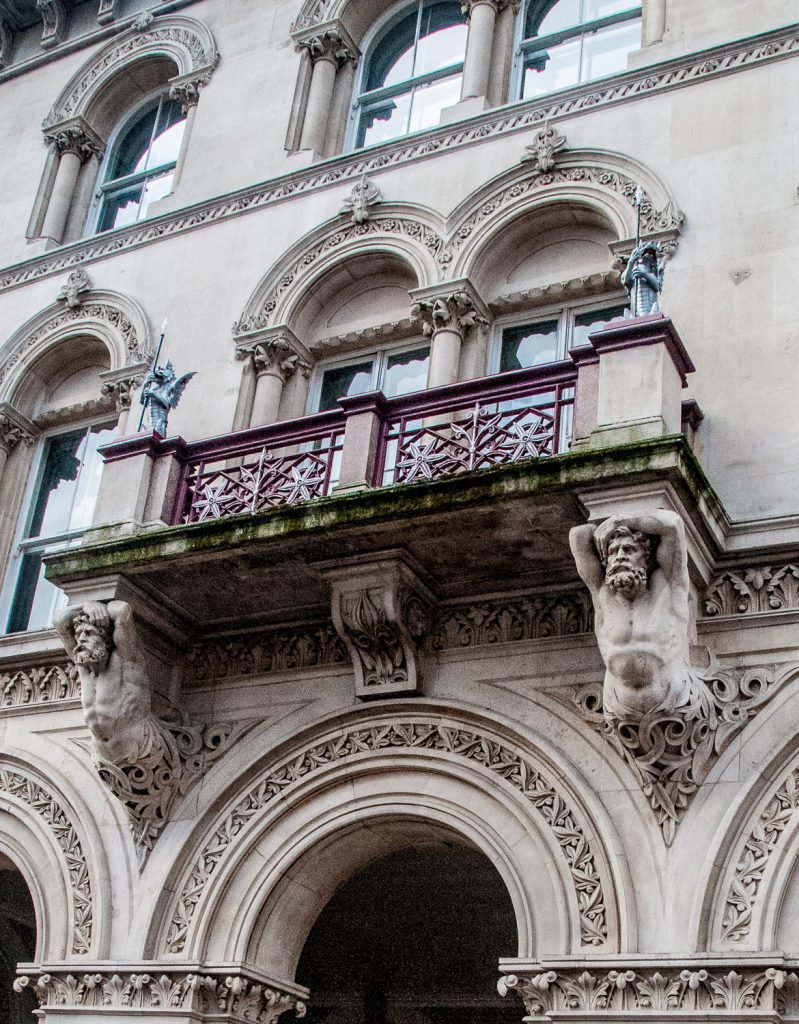
Here’s one in close up …
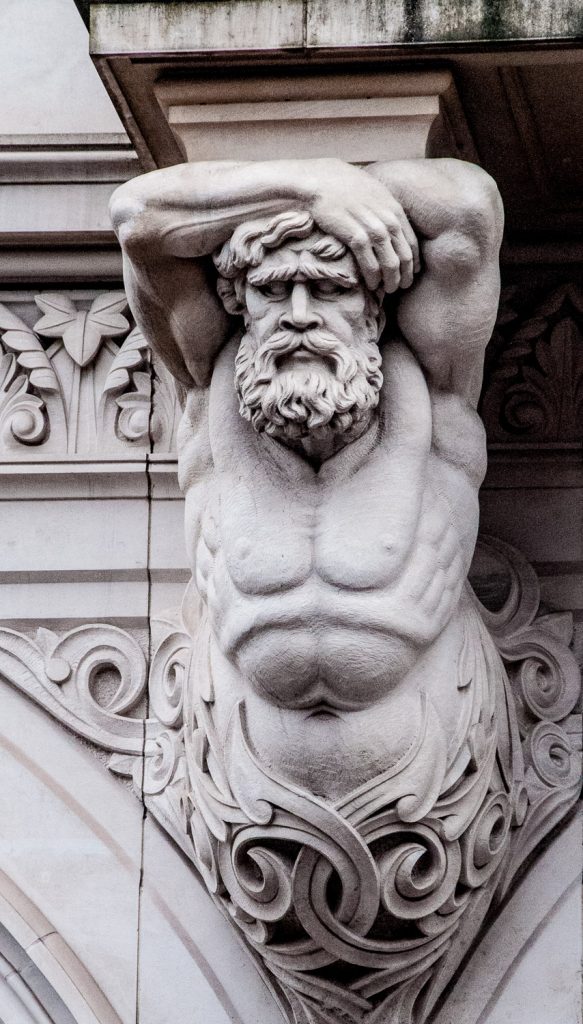
In 2013 the Viaduct was repainted and re-gilded with, at the request of the City Conservation Officer, ‘maximum bling’.
You get an idea of how well this was accomplished in this picture. It shows the re-gilded base of one of the lamps, a knight’s helmet and a City dragon …
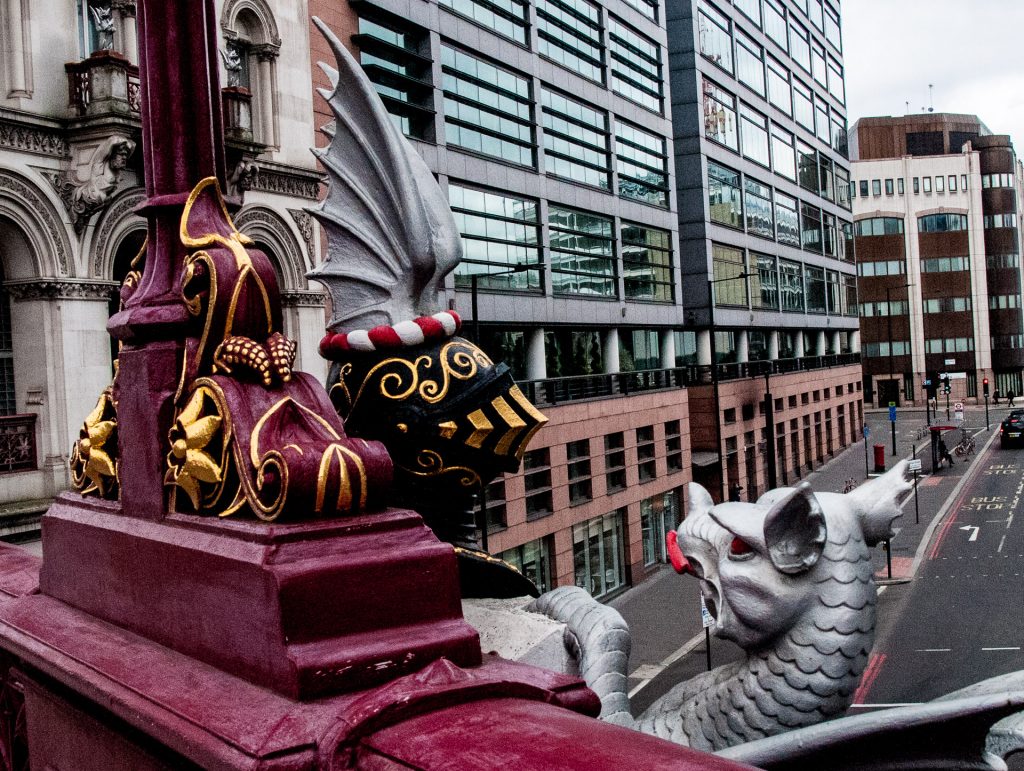
There is a fascinating article about the work, particularly the gilding, here.
I hope you have enjoyed these two visits to the Viaduct. Again I have been plundering Dr Philip Ward-Jackson’s wonderful book Public Sculpture of the City of London for much of this blog’s detail.
Remember you can follow me on Instagram :
